Air-raid shelters in rocky mountains outside shanghai may be a new way for smaller producers to store their wines before making a sale in China. Read the feature and find a chart about the steps a wine needs to take to be imported into China.
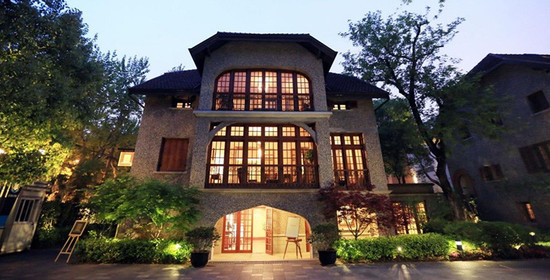
Difficulties faced by smaller producers
‘Long shipping times and the demand for large-scale production have made it difficult for smaller French producers with a medium price range to find representatives in China’, says Shen, ‘many of them take part in Asian trade fairs for years but nothing happens’.
The Chinese wine market is already flooded with international and domestic producers, making it almost impossible for smaller producers to receive orders big enough to fill a container.
But trade studies show that Chinese consumers increasingly want affordable wines, including those with an ex-cellar price of €5-€50.
‘These days producers want to move their stock closer to the target market before making a sale,’ says Shen, ‘with immediately available stock, it is more likely for small or medium importers to place an order’.
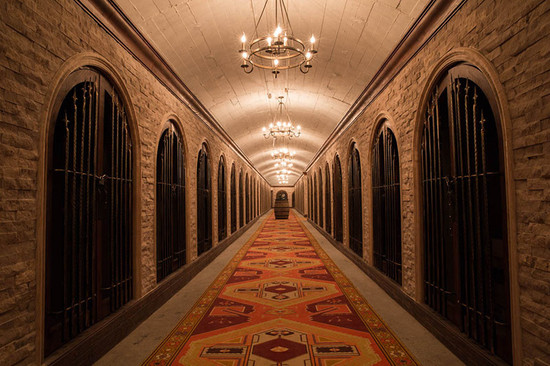
Wines in a cave
Sheshan 59 established itself as a private wine resort five years ago. They own four caves —former air-raid shelters—at the foothills of the Sheshan Mountain in the outskirts of Shanghai.
These caves were initially used to store wines for private customers. Hit by the lingering impact of the government austerity measures, the company decided to restructure its business. A year and half ago the company turned one of its caves into a bonded warehouse. At the end of 2015, Sheshan 59 launched its wine storage business for overseas producers called ‘Wine to China’.
‘No need for air conditioning— these caves retain the natural temperature and humidity which are suitable for wine storage and with lower costs’, says Shen.
The bridge to China
According to wine logistics company, JF Hillebrand China, it takes an average of three months for French wine to reach a Chinese buyer’s hands.
This period can be reduced to a week if the wines are already stored at a bonded warehouse in China. Shen explains, ‘when the products arrive, we immediately submit them for customs quarantine and inspection. So when producers make sales, they just need to pay the tariffs to get the product’.
Read on the next page:
Chart: the process of importing wines from Bordeaux to Shanghai
‘Not everybody wants to get their wines online’
All rights reserved by Future plc. No part of this publication may be reproduced, distributed or transmitted in any form or by any means without the prior written permission of Decanter.
Only Official Media Partners (see About us) of DecanterChina.com may republish part of the content from the site without prior permission under strict Terms & Conditions. Contact china@decanter.com to learn about how to become an Official Media Partner of DecanterChina.com.

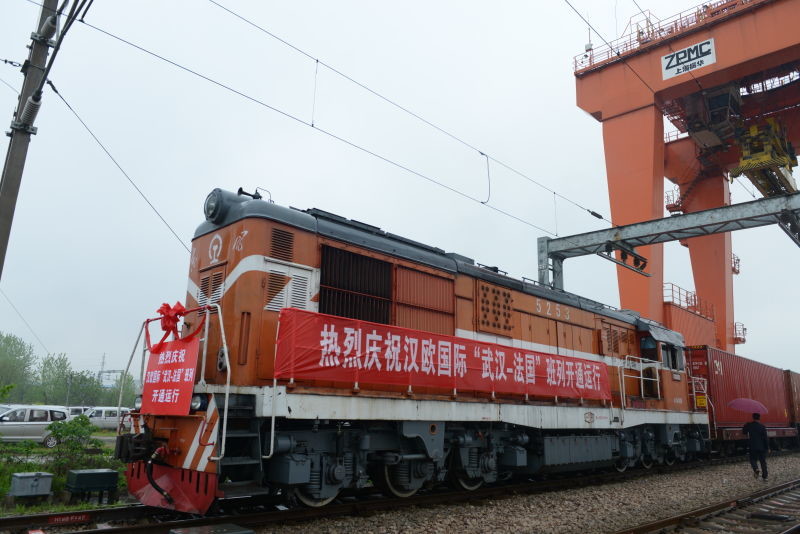

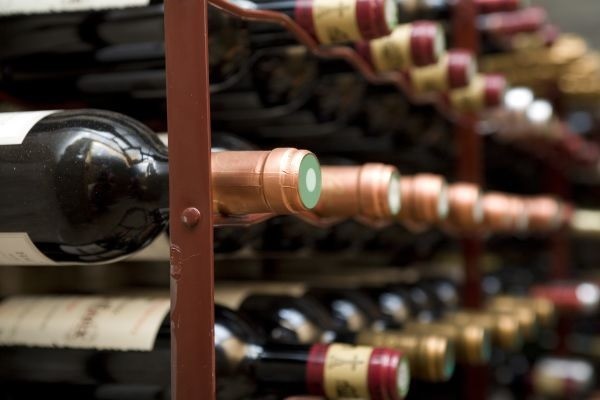
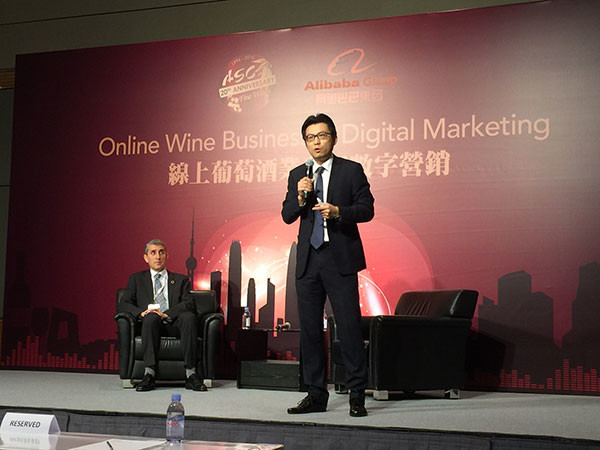
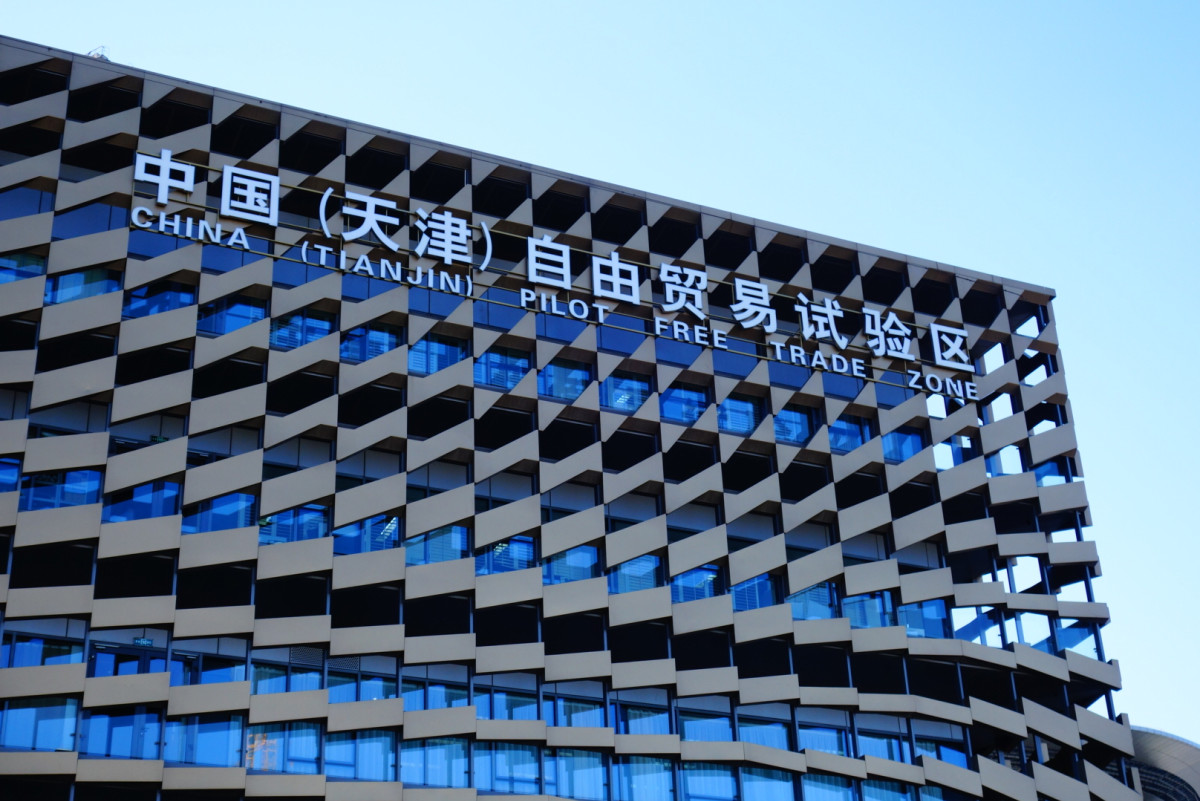
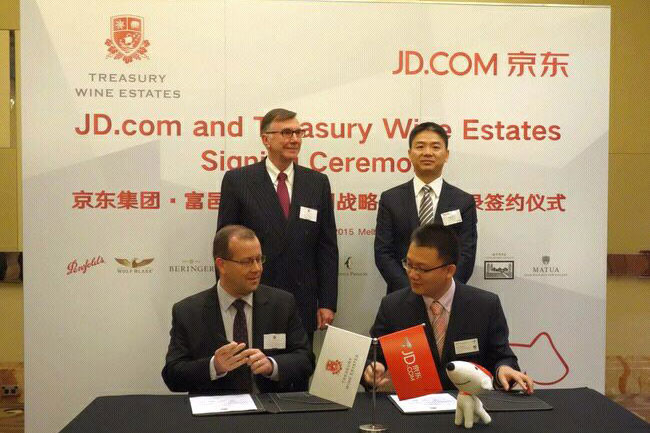
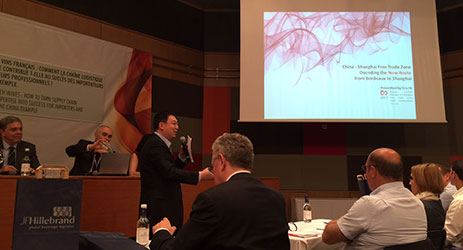
Comments
Submit